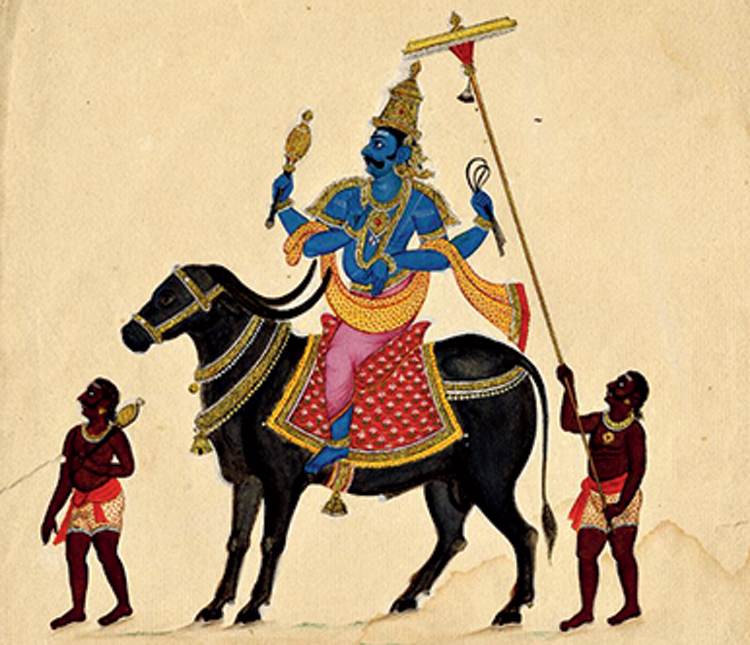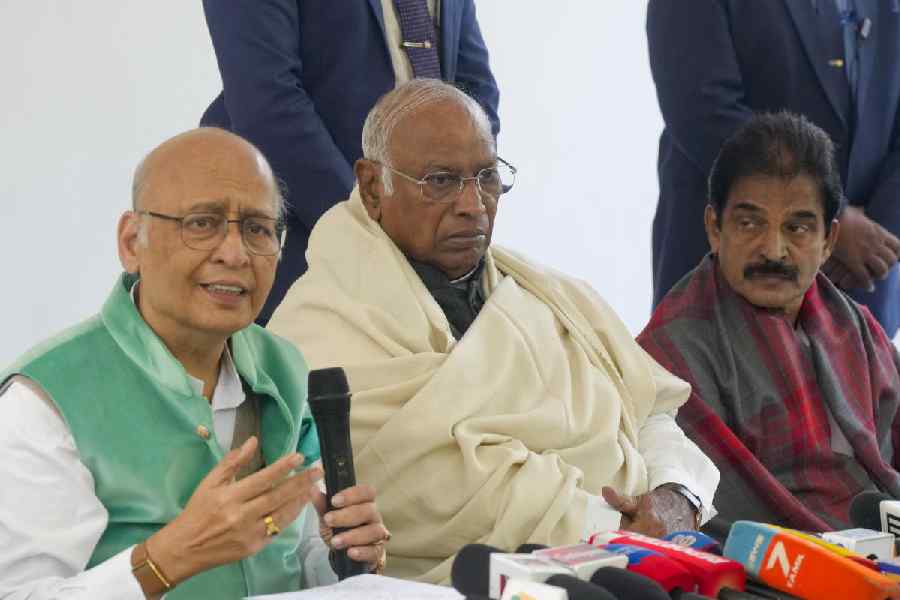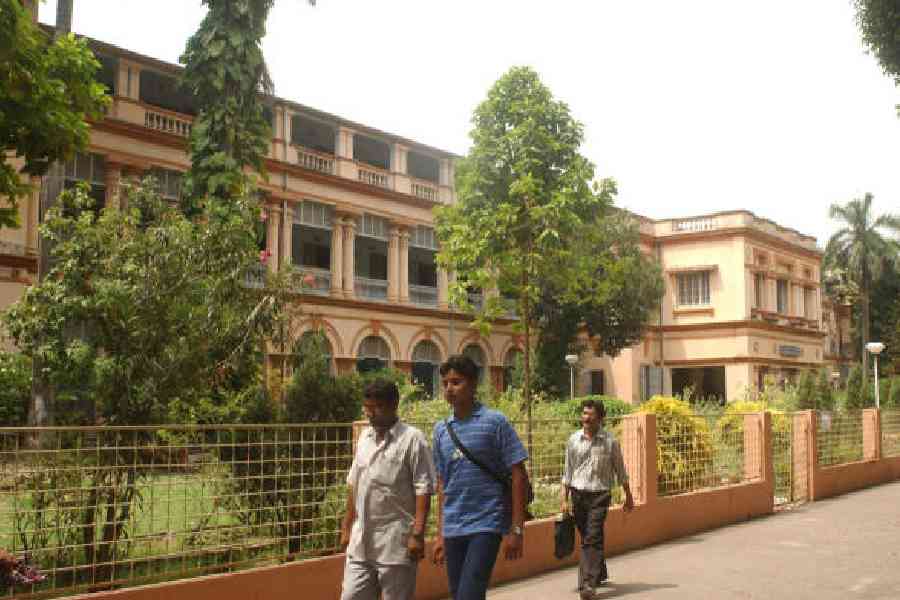Taking the cue from Homi K. Bhabha’s concern about “the fate of the arts and humanities the world over” in the face of the rush towards technological immediacy and professional instrumentality, one joins him in lamenting that “no other disciplines” except the arts and the humanities have been “so bereft of the ethics of care”. This has had an adverse impact on historical studies in and of South Asia. The public pronouncements on South Asian history are marred by the most ill-equipped people with least training in the methods of and approaches to historical studies. The wilful misuse and abuse of South Asian history by non-specialists, often pursued with sinister political agenda, have made the recent situation murkier. But occasionally the gloom is lifted by learned, insightful interrogations of the past as in Kesavan Veluthat’s collection of essays. In Notes of Dissent: Essays on Indian History he drives home the indispensability of empirical strength (his mastery of evidence is exemplary), critical apparatus and historiographical issues and methods for delving into the past as an explanatory tool, not for its glorification or vilification.
As the past is never fully knowable through fragmentary sources, an essential component of the calling of history comprises debates among historians. Each of the nine essays in this collection stems from Veluthat’s marshalling of sources (from the Upanishads to 18th-century texts, largely bearing on South India, especially Kerala) and his unsparing critiques of his predecessors and contemporaries in order to offer departures from the dominant notions of India’s pasts. That contradictions, imbalances and unevenness need to be confronted as well as explained, and not ironed out to construct a past perfect (and hence an easily digestible cerebral diet) is one of the take-home messages of this book. He creditably situates dissents at the core of the production of new knowledge, achievable only by questioning established ideas and positions.
Veluthat also highlights how dissenting ideas gradually become established premises which can simultaneously contain subsequent dissent and/or pave the way for new knowledge and ideas. Thus, historically speaking, the Upanishads critiqued the bloody Vedic ritual without defying it as openly as Sramanic groups (Buddhism, Jainism) did. Similarly the Tamil Bhakti movement, that influenced the Puranic devotional cults, originally dissented against the Brahmana’s supremacy, but then contained protests and reforms against caste inequalities. The dissent in the Tamil Bhakti movement was gradually appropriated by the orthodoxy with sustained support from both temporal and sacerdotal authorities. This led, post-appropriation, to the consolidation of a ‘tradition’, leaving some dissenting forms as marginalized alternatives.
Equally at home in Sanskrit, Tamil, Malayalam and European sources, Veluthat, unlike many current experts on cultural and literary history, treats his texts diachronically (and not synchronically) to discern sociopolitical and cultural changes, thereby critiquing the perceptions of an immutable India from Vedic to pre-colonial times. The celebration of cultural hybridity in historical experience, therefore, gains salience in this book. The best case in point is his wonderful treatment of the Manipravala (ruby and coral) literature, an amalgam of Malayalam and Sanskrit emerging in Kerala (13-14th century). This Kerala-bhasha is synonymous with a hybrid language (misra-bhasha) of the Natyasastra. Claimed as the language par excellence, Kerala-bhasha is used for the ‘othering’ of non-Malayalam speakers who were treated as marginal. Veluthat has admirably captured the urbane sociocultural practices in the Manipravala texts, steeped in eroticism, centring around courtesans and revealing the salaciousness of the Namputiri landlords.
Moving away from the beaten track of the portrayal of the age of Kali as a hellish time, Veluthat cites 16th-century Malayalam devotional works, often paraphrasing Vaishnava Puranas, which greeted the Kali age since one could effortlessly please gods and gain benefits merely by singing psalms and suchlike. The Bhakti therein also underlined the merits accruing to Shudras by serving the twice-borns and also to wives by serving husbands. Here devotion emerges as a tool to sweeten the travails of the Shudra and of women. His insightful analyses of the 18th-century Sanskrit Mahisha-satakam (100 verses praising buffaloes) lay bare the sharp satire of an erudite Brahmin against a worthless Maratha ruler (of Thanjavur) who is the buffalo representing the mount of Yama (the god of death). His interrogations of regional history, castes and land relations and south Indian Bhakti movements, although in separate chapters, have a common running thread and make for compelling reading.
Veluthat’s book breaks much new ground by discarding stereotypes. He is at his best when he is on his home turf, Kerala. However, his selection of sources for Kerala history and the questions he asked his witnesses (all long dead) have not gone beyond the hackneyed representations of Kerala as a land of temples — managing vast agrarian resources under influential and powerful priests in tandem with rulers — and overwhelmed by devotional cults. Consequently, the vibrant, extrovert sociocultural world of the Malabar Coast has been virtually effaced. I fail to understand why the Arabic and Persian texts and the corpus of the letters of Jewish traders have not been visited at all to portray Kerala’s maritime profile. Veluthat as a landlubber has convincingly argued his case, but seems to be unsettled by the salty breeze from littoral Kerala. Which is why I cannot but sign off this piece with a note of dissent.
Notes of Dissent: Essays on Indian History; By Kesavan Veluthat, Primus, Rs 1,095












